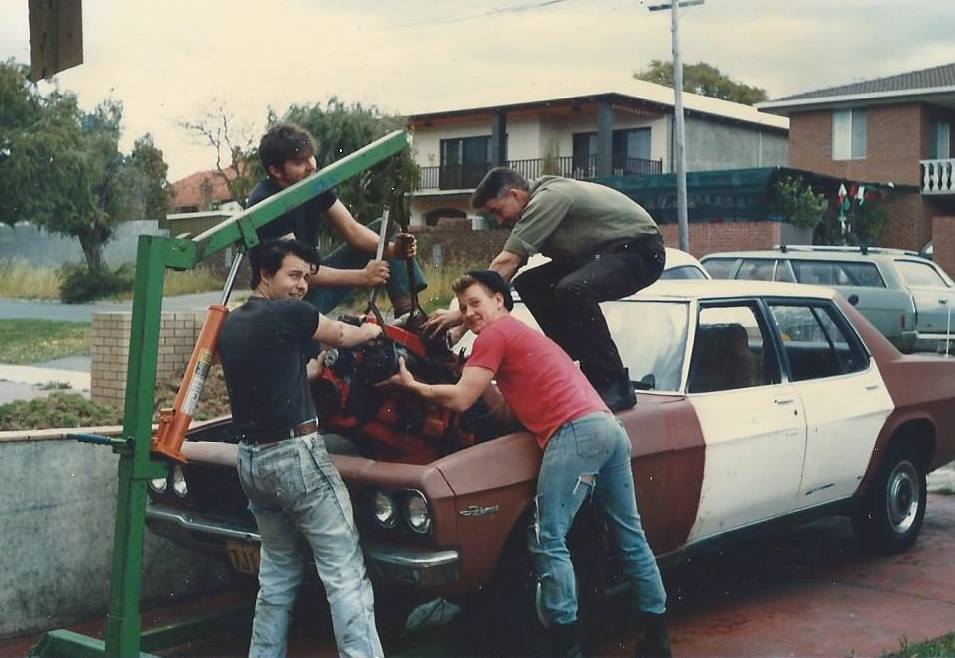
Collaboration
This is a way to resolve your relationship breakdown in an honest, cooperative and respectful manner, by focussing on the family problem as much as the individual problem, and finding a positive way to resolve differences justly and equitably.
This is done through a series of four-way meetings – you, your ex, and your two lawyers. Along the way meetings may include other collaborative professionals.
The basis of collaborative negotiation is the Collaborative Agreement which is signed by all parties at the first meeting. In that all parties agree to negotiate to resolve their dispute without resorting to litigation.
These are the 7 key principles of collaborative practice:
Spacer
1. It is, and always will be, a legal process.
Lawyers still do everything they would do in any other matter – including giving advice and drafting orders. But information is conveyed differently, clients are part of the transparent process throughout and negotiations are done openly at collaborative meetings. Everyone gets a say and this gives more opportunity to produce creative solutions that suit the clients.
Spacer
2. The Participation Agreement
This sets the framework for negotiations but also commits everyone to a non-litigious, negotiated process. Negotiating can be hard and confronting but having the Agreement not only defines process and confidentiality issues it keeps people focussed on the ultimate goal of a positive future for both parties.
Spacer
3. The team
A collaborative process requires a team. Collaborative professionals – the lawyers, an accountant neutral or family therapist, the clients – are part of a team and the team must consider the needs and wants of both clients when canvassing options. Different professionals can offer different perspectives, outside of pure legal options and this creates an environment that builds creative, client-centric solutions.
Spacer
4. Client focussed
It’s about what matters to the client. This is one of the biggest things that sets a collaborative process apart from the usual legal process. Collaborative professionals talk about what matters to their clients and not just what the law considers important. It’s a chance to give consideration to a much broader range of a client’s individual circumstances.
Spacer
5. Interest-based negotiation
That is, what really matters to the parties – do the kids need to stay in the same house? Does a stay at home mum want to go back to study? Has there been a family holiday in Bali every year? Is someone still holding out for an apology? From there the team can discuss options to meet those interests and the effectiveness of each. Different professionals can help explore the emotional, financial and legal implications of creative options. This in turn allows the parties to help determine their own solutions.
Spacer
6. Transparent negotiation
Negotiations are completely open. Disclosing information, discussing needs and wants and general negotiation is all done face to face at collaborative meetings. This is another major difference to most legal processes – there aren’t chains of emails or legal letters back and forth with lengthy waiting and big bills in between. The process becomes much more client driven as they are involved every step of the way.
Spacer
7. It’s private
A collaborative process is private – no court documents, no public record of what gets aired or discussed at meetings. It works the way individual clients need it to work for them.

